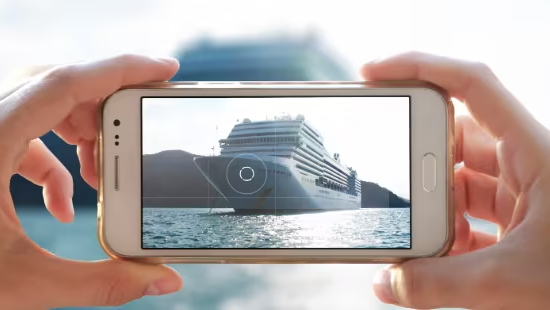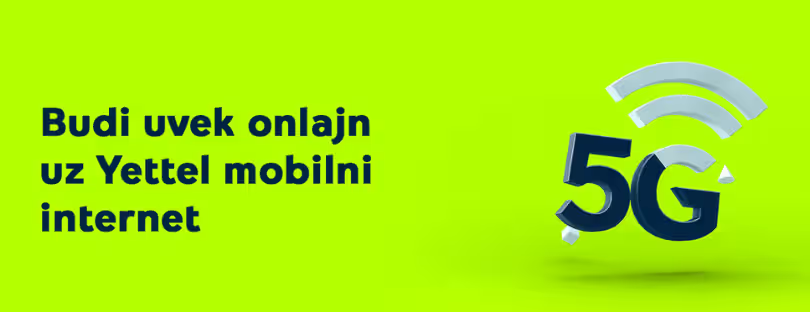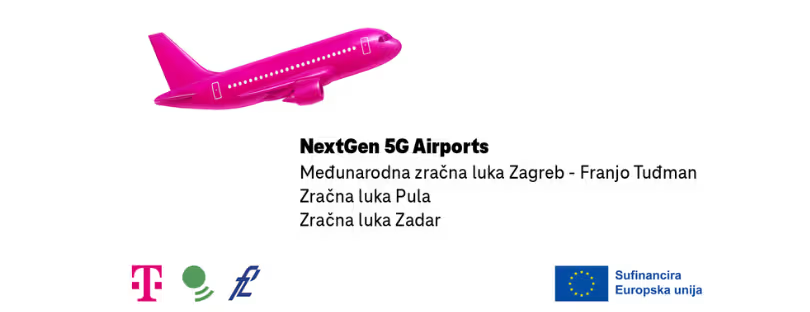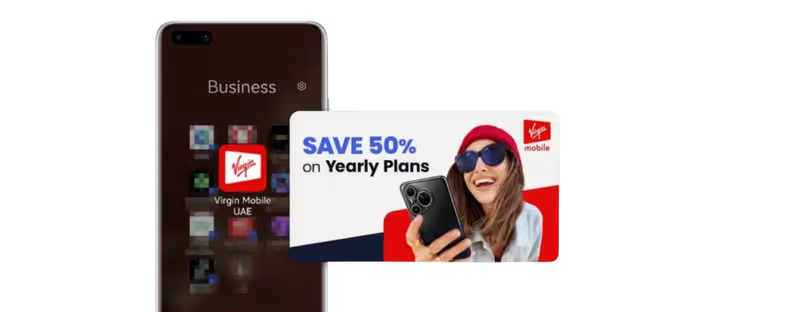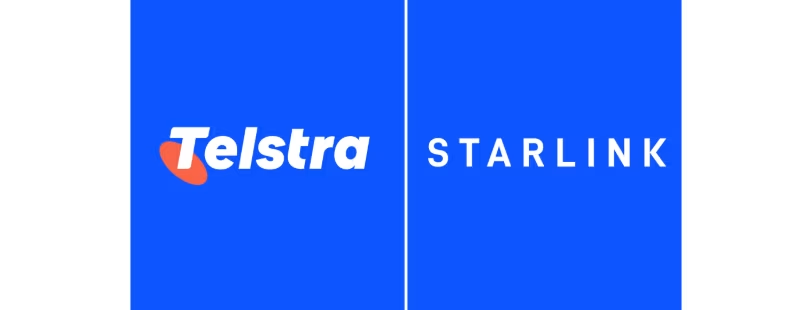
Telstra Partners with Starlink for Satellite-to-Mobile Messaging in Australia
Telstra has announced a new partnership with SpaceX’s Starlink to introduce Telstra Starlink Satellite-to-Mobile technology for direct-to-handset text messaging services in Australia. This initiative aims to enhance coverage across the country, particularly in regional and remote areas where traditional networks face challenges.
The collaboration will initially focus on testing and refining the Satellite-to-Mobile text messaging capability to suit Australian conditions, with a commercial launch planned for the future.
Telstra currently operates Australia’s largest and most reliable mobile network, covering 99.7% of the population and spanning 3 million square kilometers—over 1 million square kilometers more than its nearest competitor. However, given the vastness of Australia’s landmass, large areas remain beyond the reach of mobile and fixed networks. Satellite technology will play a complementary role in addressing these gaps and expanding connectivity.
As advancements in satellite technology progress to include voice, data, and IoT capabilities, Telstra plans to explore opportunities for commercializing these new services. This partnership builds on Telstra’s existing collaboration with SpaceX’s Starlink, which delivers Low-Earth-Orbit (LEO) satellite internet services to homes and small businesses.
What Is Satellite-to-Mobile Technology?
Telstra Starlink Satellite-to-Mobile technology represents a breakthrough in telecommunications, providing outdoor connectivity for basic services like text messaging, with plans to expand to voice and low-speed data. Often referred to as Direct-to-Handset (DTH) technology, it leverages capabilities already present in modern smartphones, eliminating the need for specialized devices.
This technology will complement Telstra’s land-based mobile network by offering basic connectivity in areas that previously had none. Initially, Telstra Starlink Satellite-to-Mobile technology will enable users to send and receive text messages and, over time, will support voice calls and low-speed data transmission. To function, users will need to be outdoors with a clear line of sight to the sky.
Who Benefits Most from Satellite-to-Mobile?
Satellite-to-mobile technology is particularly relevant for people in regional and remote areas outside their carrier’s mobile coverage footprint. Currently, the service allows users to send messages, providing a vital “just-in-case” connectivity layer. This ensures individuals can contact help or communicate when needed in areas without mobile coverage.
Telstra’s Commitment to Future Mobile Network Investments
Telstra remains dedicated to improving its terrestrial mobile network while exploring the potential of satellite technology to bridge connectivity gaps. The company is continuing its rollout of 5G, with plans to cover 95% of the Australian population by FY25.
Between FY18 and FY24, Telstra invested $11.8 billion into its mobile network to meet growing data demands and enhance network resilience. This includes disaster-proofing equipment, increasing redundancy through diversified backhaul pathways, and incorporating satellite backhaul solutions.
Telstra’s partnership with SpaceX’s Starlink underscores its commitment to leveraging innovative technologies to serve customers across Australia, ensuring reliable connectivity regardless of location.
Starlink’s Global Partnerships: Expanding Satellite-to-Mobile Connectivity Worldwide
Starlink has established similar partnerships with several mobile network operators worldwide to provide direct satellite-to-mobile connectivity. Notable collaborations include:
- T-Mobile (USA): In August 2022, SpaceX and T-Mobile announced a partnership to eliminate cellular dead zones across the United States. This collaboration aims to provide coverage in remote areas by connecting standard mobile devices directly to Starlink satellites. The Federal Communications Commission (FCC) approved this service in November 2024, marking the first collaboration of its kind between a satellite operator and a wireless carrier.
- Rogers Communications (Canada): In April 2023, Rogers signed an agreement with SpaceX to utilize Starlink for satellite-to-phone services in Canada, aiming to enhance connectivity in remote and underserved regions.
- One NZ (New Zealand): Formerly known as Vodafone New Zealand, One NZ partnered with SpaceX’s Starlink in April 2023 to provide 100% mobile coverage across New Zealand. The service is expected to begin with SMS text functionality in 2024, expanding to voice and data services in 2025.
- Optus (Australia): In July 2023, Optus announced a partnership with SpaceX to deliver direct satellite-to-mobile connectivity, aiming to cover 100% of Australia, including remote and rural areas.
- KDDI (Japan): KDDI has collaborated with SpaceX to offer satellite-to-mobile services, enhancing connectivity across Japan, particularly in mountainous regions and remote islands.
- Salt (Switzerland): Salt has agreed with SpaceX to provide satellite connectivity, aiming to improve coverage in hard-to-reach areas within Switzerland.
- Entel (Chile): Entel has partnered with SpaceX to offer satellite-to-mobile services, focusing on extending connectivity to remote and rural areas in Chile.
Satellite-to-Mobile in Europe: Current Status and IRIS²’s Role in Shaping the Future
Europe currently has fewer publicly announced partnerships between SpaceX’s Starlink and mobile network operators compared to regions like North America and Australasia. While collaborations such as the one with Salt in Switzerland exist, the adoption of satellite-to-mobile technology in Europe has been slower. This is largely due to the continent’s dense terrestrial network coverage and the complexities of navigating diverse regulatory frameworks.
However, the landscape is expected to shift as satellite technology continues to evolve. European operators are beginning to recognize the potential of satellite-to-mobile solutions in improving connectivity in remote and underserved areas, such as mountainous regions and islands. As demand for these services grows, partnerships with providers like Starlink may expand, paving the way for enhanced coverage across Europe.
The European Union’s IRIS² initiative is poised to play a pivotal role in this transformation. By fostering satellite infrastructure that prioritizes resilience, interconnectivity, and security, IRIS² could provide a framework for homegrown alternatives while complementing global operators like Starlink. Additionally, IRIS² aims to bridge connectivity gaps in Europe, offering robust support for satellite-to-mobile services that will benefit citizens in remote areas and contribute to the region’s digital sovereignty.
As satellite-to-mobile services mature, the combination of advancements from providers like Starlink and the strategic initiatives of IRIS² could bring a new era of connectivity to Europe, ensuring no region is left behind.







